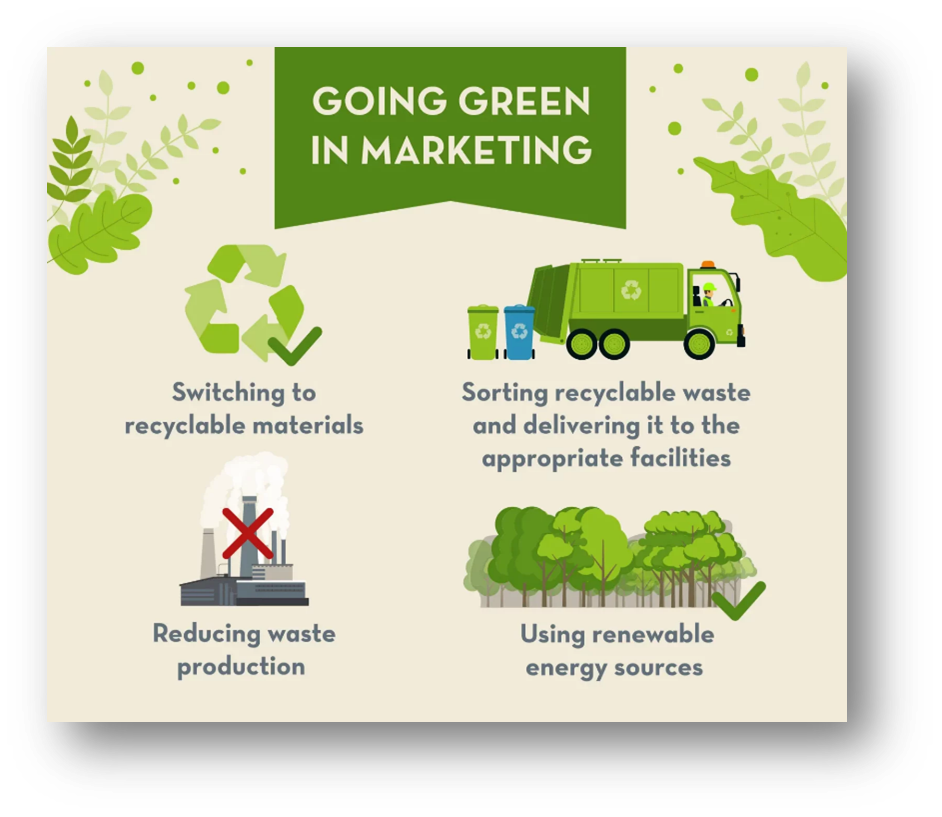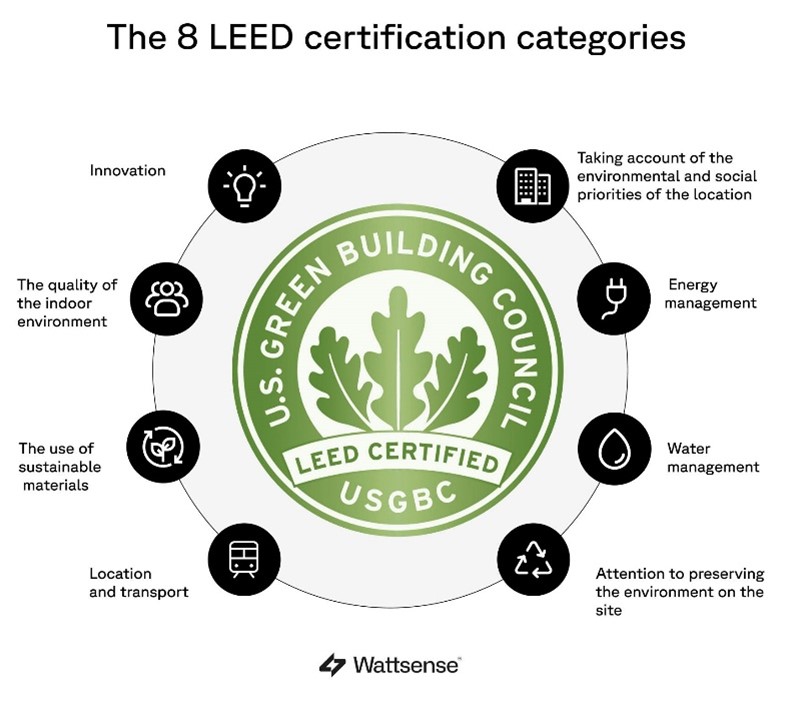Green business practices that reduce costs and boost brand loyalty

Green business practices that reduce costs and boost brand loyalty
by vivienne 09:55am Jan 04, 2025

Green business practices not only help the environment but can also reduce costs and enhance brand loyalty. Here are some sustainable strategies that achieve these goals:
1. Energy Efficiency
Implementation: Upgrade to energy-efficient lighting (LEDs), install programmable thermostats, and use energy-efficient appliances.
Cost Reduction: Lower energy bills and reduced need for repairs and maintenance.
Brand Loyalty: Consumers appreciate businesses that reduce their environmental footprint, which builds trust and loyalty.

2. Waste Reduction and Recycling
Implementation: Implement recycling programs, reduce packaging waste, and encourage digital over paper-based processes.
Cost Reduction: Reduced waste disposal fees and savings from reusing materials.
Brand Loyalty: Eco-conscious consumers are drawn to brands that take proactive steps to minimize waste.
3. Sustainable Sourcing
Implementation: Source raw materials and products from sustainable, certified suppliers (e.g., Fair Trade, Forest Stewardship Council).
Cost Reduction: Long-term cost savings through bulk purchasing or finding alternatives to expensive raw materials.
Brand Loyalty: Customers increasingly prefer products that support ethical and sustainable practices, leading to stronger customer relationships.
4. Green Product Design
Implementation: Design products that are durable, recyclable, or made from renewable materials.
Cost Reduction: Less frequent need for new production, lower waste, and reduced costs associated with product obsolescence.
Brand Loyalty: A strong commitment to sustainability attracts consumers who prioritize environmental impact when making purchasing decisions.
5. Telecommuting and Remote Work
Implementation: Offer flexible work options, allowing employees to work from home or reduce commuting.
Cost Reduction: Reduced office space requirements, lower utility costs, and less need for physical resources.
Brand Loyalty: Employees feel more valued and motivated to contribute to the company’s green initiatives, and customers recognize businesses that prioritize work-life balance.

6. Carbon Offsetting and Reduction
Implementation: Invest in carbon offset programs or take steps to directly reduce carbon emissions through cleaner energy sources or transportation options.
Cost Reduction: Tax incentives and potential cost savings from energy efficiencies.
Brand Loyalty: Consumers are increasingly aware of climate change and are likely to support businesses actively reducing their carbon footprint.
7. Water Conservation
Implementation: Install water-saving appliances, implement rainwater harvesting, and optimize water usage in production processes.
Cost Reduction: Lower water bills and fewer expenses related to water treatment.
Brand Loyalty: Sustainability efforts, including water conservation, resonate with customers who are concerned about environmental issues.
8. Green Certifications and Labels
Implementation: Obtain certifications like LEED, Energy Star, or B Corp to showcase commitment to sustainability.
Cost Reduction: Access to rebates, tax credits, and other incentives for certified green practices.
Brand Loyalty: These certifications serve as trust signals to customers who want to support companies with high environmental standards.

9. Eco-friendly Marketing
Implementation: Use digital marketing to reduce paper waste and ensure that your website and social media platforms align with your sustainability message.
Cost Reduction: Save on traditional print advertising costs.
Brand Loyalty: Consumers are more likely to support businesses with clear environmental values, and eco-friendly marketing strengthens this perception.

10. Community Engagement and Transparency
Implementation: Promote sustainability initiatives through blogs, social media, and public relations to engage customers.
Cost Reduction: Build stronger, long-term relationships that reduce customer acquisition costs.
Brand Loyalty: Transparency in green efforts helps build a loyal customer base that values honesty and commitment to environmental causes.
By integrating these green business practices, a company can not only lower operational costs but also build a loyal customer base that values sustainability, creating a strong competitive advantage.






